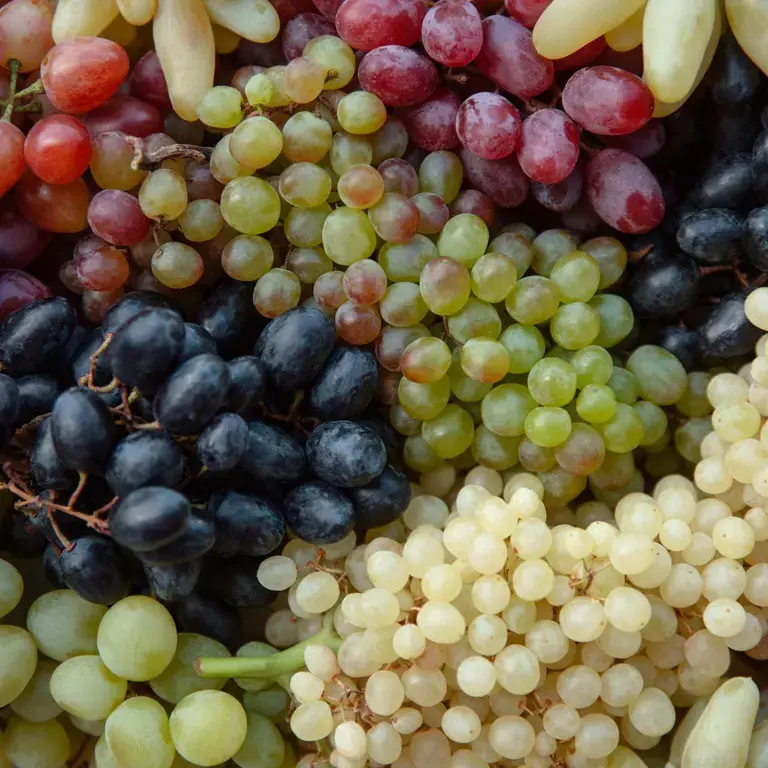All over the world, grapes are loved for their sweetness, juiciness and convenience.
They come in an abundance of colours and flavours, with some types used differently. Some grape varieties, such as table grapes, are typically eaten fresh or made into jams, juice, jelly, while others are used to make wine.
The colour of grapes varies from deep red to pinkish yellow to shades of green to black. We present 15 varieties of grapes, including some you might have never heard of.
























